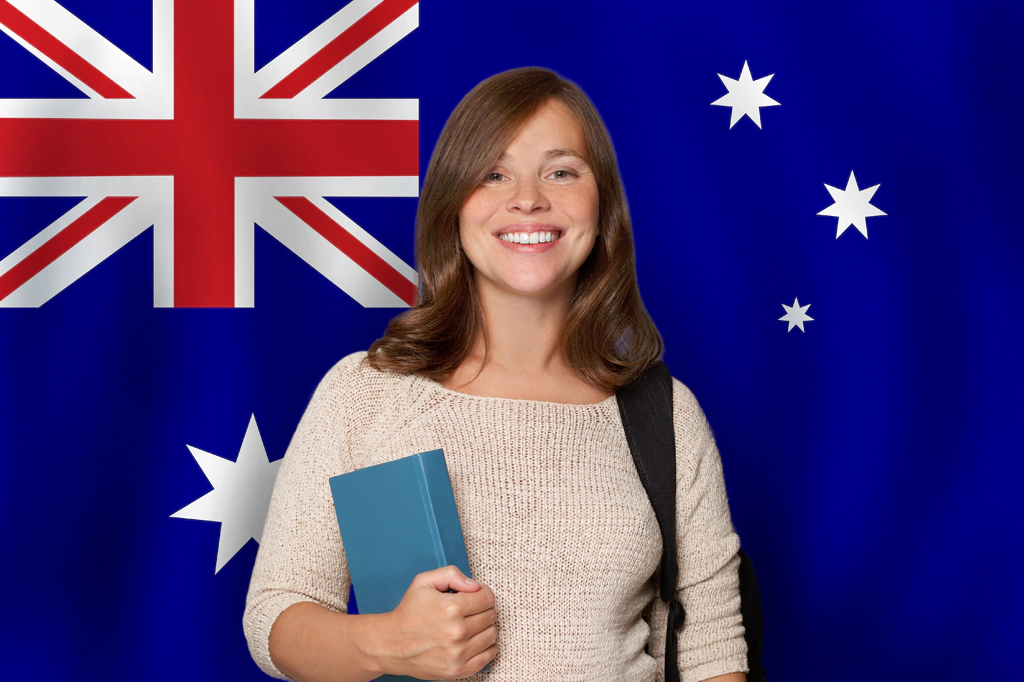Australia, with its sun-kissed coasts and top-tier universities, has become a dream destination for students across the globe. If you’re also eyeing a move to Australia for your studies, then buckle up. This checklist will be your ultimate companion.
1. Get That Passport Ready
Your passport is your golden ticket. Without it, your dreams will have to be on pause. So, if your passport is less than a year before expiration, renew it right now. Do not wait until the last minute. Overseas processes are often confusing and slow.
Dual citizens must also remember a rule. If one of your passports is Australian, you must use it to enter and leave the country. The other one won’t work for the Australian borders. Keep both valid and accessible.
2. Pick the Right Student Visa
Australia welcomes students under Subclass 500. This visa covers every study path, from diplomas to doctorates. But to apply, you need a CoE — Confirmation of Enrolment. It proves you’re officially accepted into an Australian education provider.
The process begins with an offer, then comes your written acceptance. After that, you must deposit your tuition fee. Only then will your CoE be generated. Once you have it, you can dive into the visa application.
The Subclass 500 visa typically spans up to 5 years. You can also work limited hours while studying. This visa is flexible yet strict, so read every condition carefully.
3. Get Covered: Health Insurance Is a Must
Medical expenses can bankrupt you if you’re not prepared. That’s why Australia mandates the OSHC (Overseas Student Health Cover). Without it, your visa could be denied.
OSHC covers basic medical services and hospital treatments. However, it does not cover travel hiccups, stolen devices, or lost luggage. For that, add a travel insurance policy. You can also combine both for comprehensive protection.
Each insurer offers a slightly different OSHC package, so compare before you commit. Your school may also recommend providers. Do not ignore this step, as it safeguards your health and your finances.
4. Set Up a Bank Account
Money management begins with a working bank account. Australian banks offer international students the ability to open accounts online. Do this before you fly. It saves precious time upon arrival.
Still, online setup isn’t the end. You must visit a branch in person to verify your ID and activate the account fully. Without Australian credit history, you may not be eligible for credit cards right away. A debit card, however, is easy to obtain.
Choose a bank with international student perks. Some offer zero fees, mobile-friendly apps, and multilingual support. Financial access equals freedom. Set it up early.
5. Lock Down Your Accommodation
Australia does not follow the American dorm-life trend. Most international students live off-campus in rentals, shared apartments, or homestays. So, you’ll need to pay rent in advance. There’s also a bond (security deposit) involved. Utility bills are extra.
Study your lease agreement. Every clause matters.
6. Update Your Details Immediately
Once you settle in, update your address across all platforms.
- Inform your university.
- Notify your bank.
- Change your details in your student portal.
Australia takes student tracking seriously. Failing to update information may result in penalties or missed communications.
Even small updates like changing your mobile number or email matter.
7. Budget Like a Boss
Studying in Australia is not cheap. Apart from tuition and airfare, you’ll face rent, bills, textbooks, transport, internet, groceries, and more. So, use a budget planner. Separate needs from wants, track every cent, and use apps or spreadsheets to stay organised.
8. Start Saving Before Takeoff
Once your budget is mapped, it’s time to build your savings. Cut unnecessary costs at home. Cancel subscriptions. Skip that extra coffee. Every dollar saved now becomes a survival tool later.
Apply for scholarships. The Australian Government offers over AUD 200 million in international student grants every year. Private institutions, NGOs, and even your own country may offer scholarships for studying abroad. Grab every opportunity.
9. Find Part-Time Work
Australia permits international students to work while studying. You can work 40 to 48 hours per fortnight during the semester. During breaks, you can work full-time. Wages start from AUD 19.84 per hour.
Jobs in retail, hospitality, tutoring, or delivery services are easy to find. University noticeboards and job sites like Seek, Indeed, and Gumtree are great starting points.
Before applying, get a Tax File Number (TFN). It’s free. It’s essential. Without it, you’ll lose a chunk of your wages to tax.
10. Sort Out Your Mobile Plan
Without a working SIM card, you’re lost. Get a local SIM as soon as you land. Australian providers like Telstra, Optus, and Vodafone offer prepaid and postpaid plans. Prepaid is the easiest to start with. No contracts. No commitments. Pick a plan with enough data for maps, WhatsApp, and streaming.
11. Get to Know Public Transport
Every major city in Australia has a different transport system.
Sydney has Opal. Melbourne uses Myki. Brisbane uses Go Card.
Buy the right travel card and register it online. Student discounts apply once you show your enrolment proof.
Final Words
Australia offers world-class education, breathtaking landscapes, and a multicultural environment like no other. But success begins with preparation. This checklist isn’t just a list; it’s your launchpad.
If you need further help, you can also contact English Wise. We will help you cross milestones like PTE and IELTS, and begin your adventure abroad. Call us to find out more!



